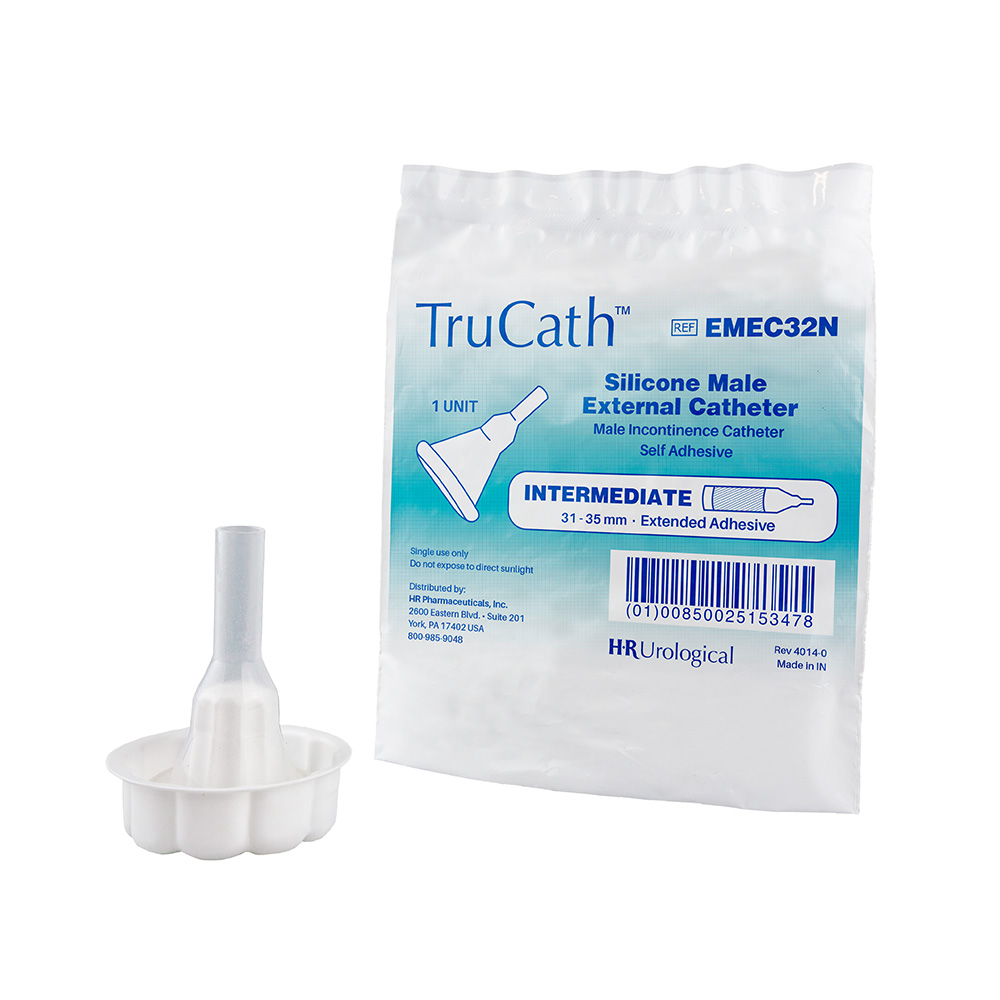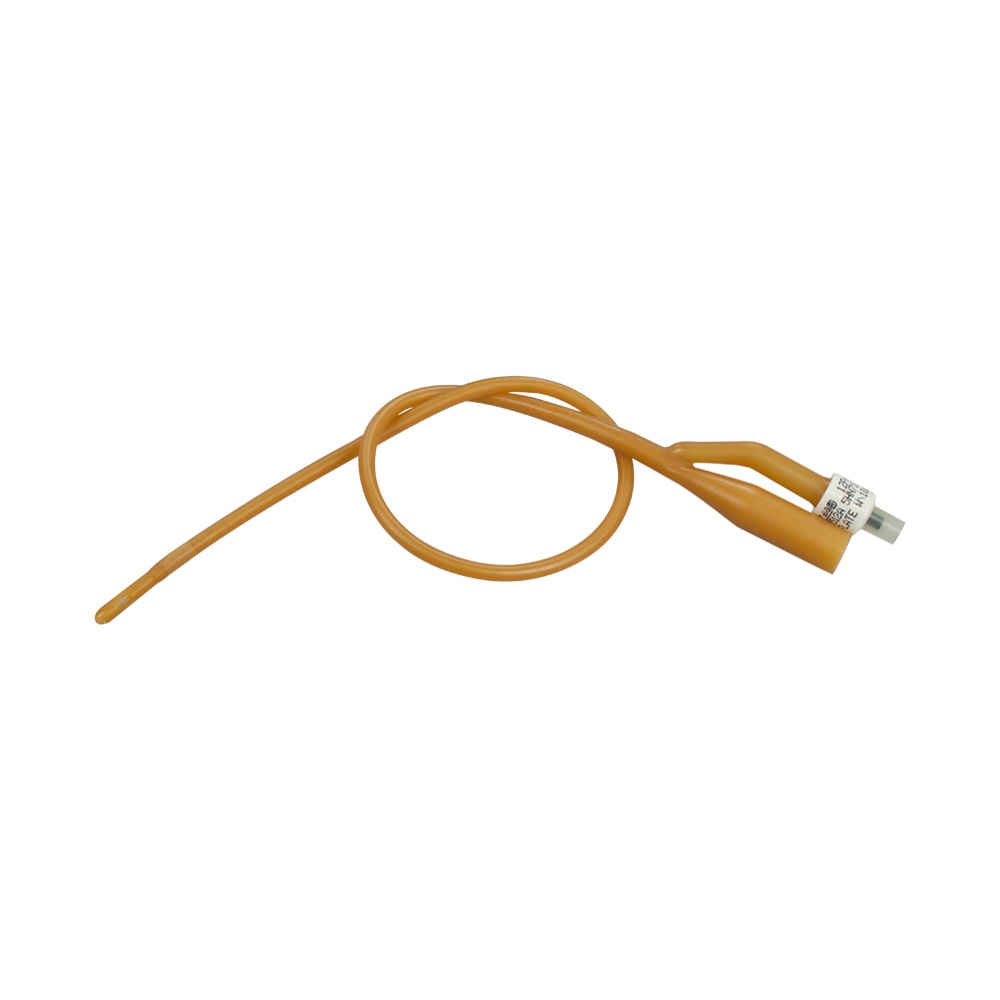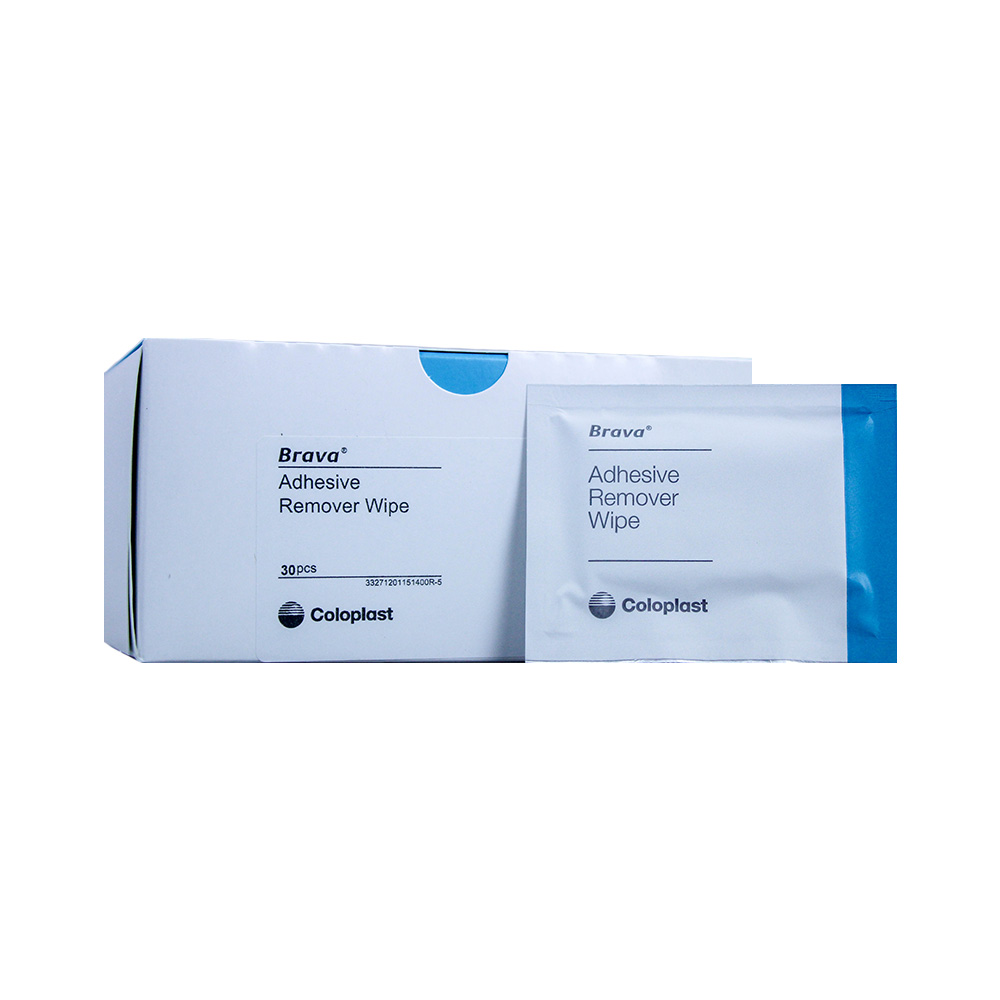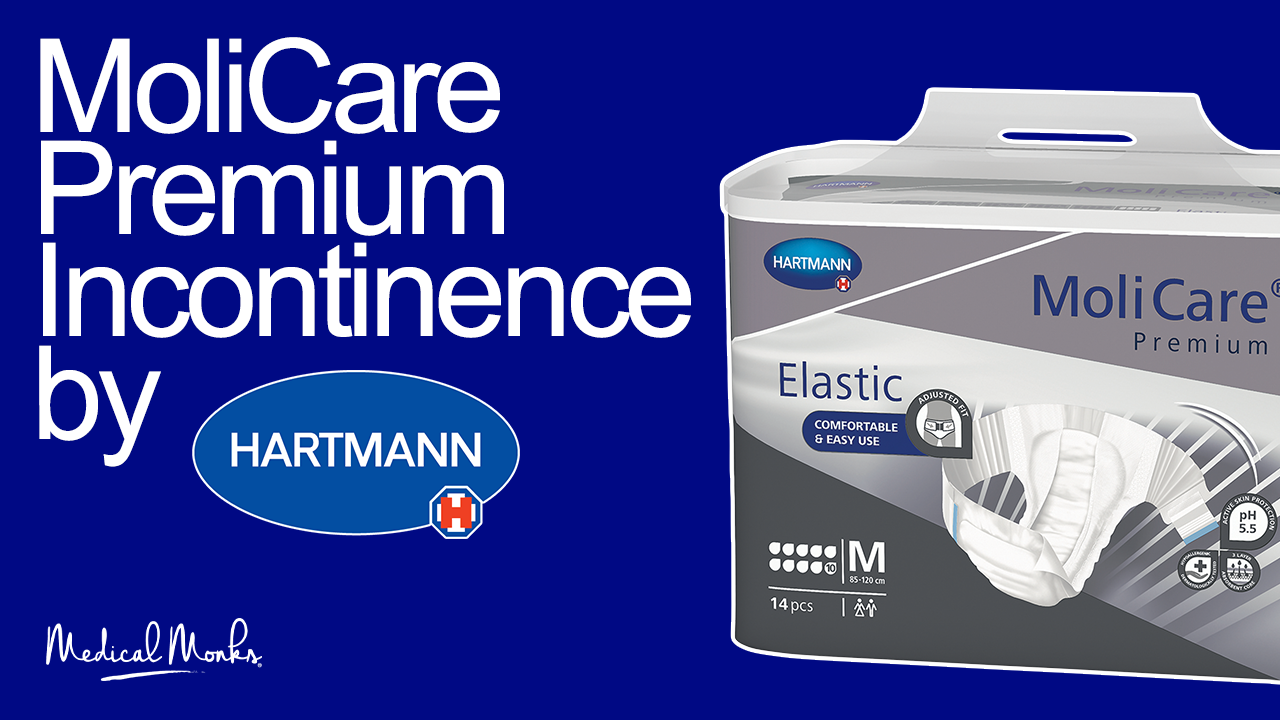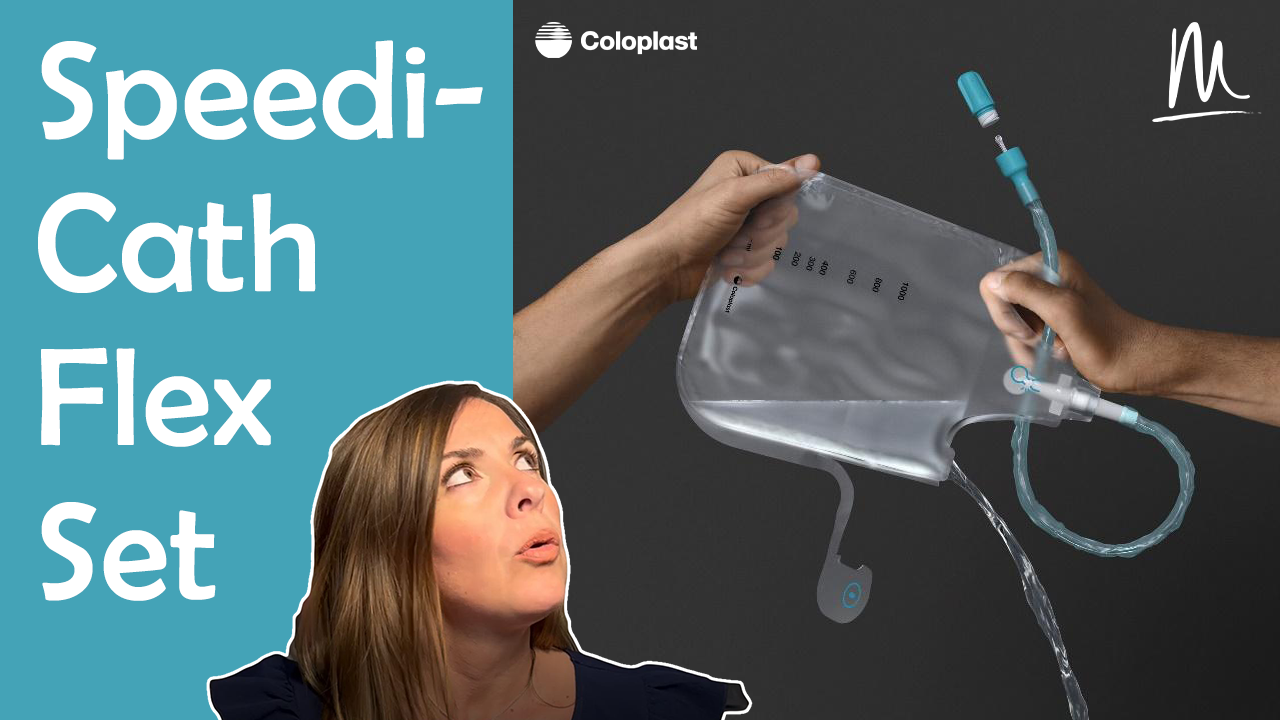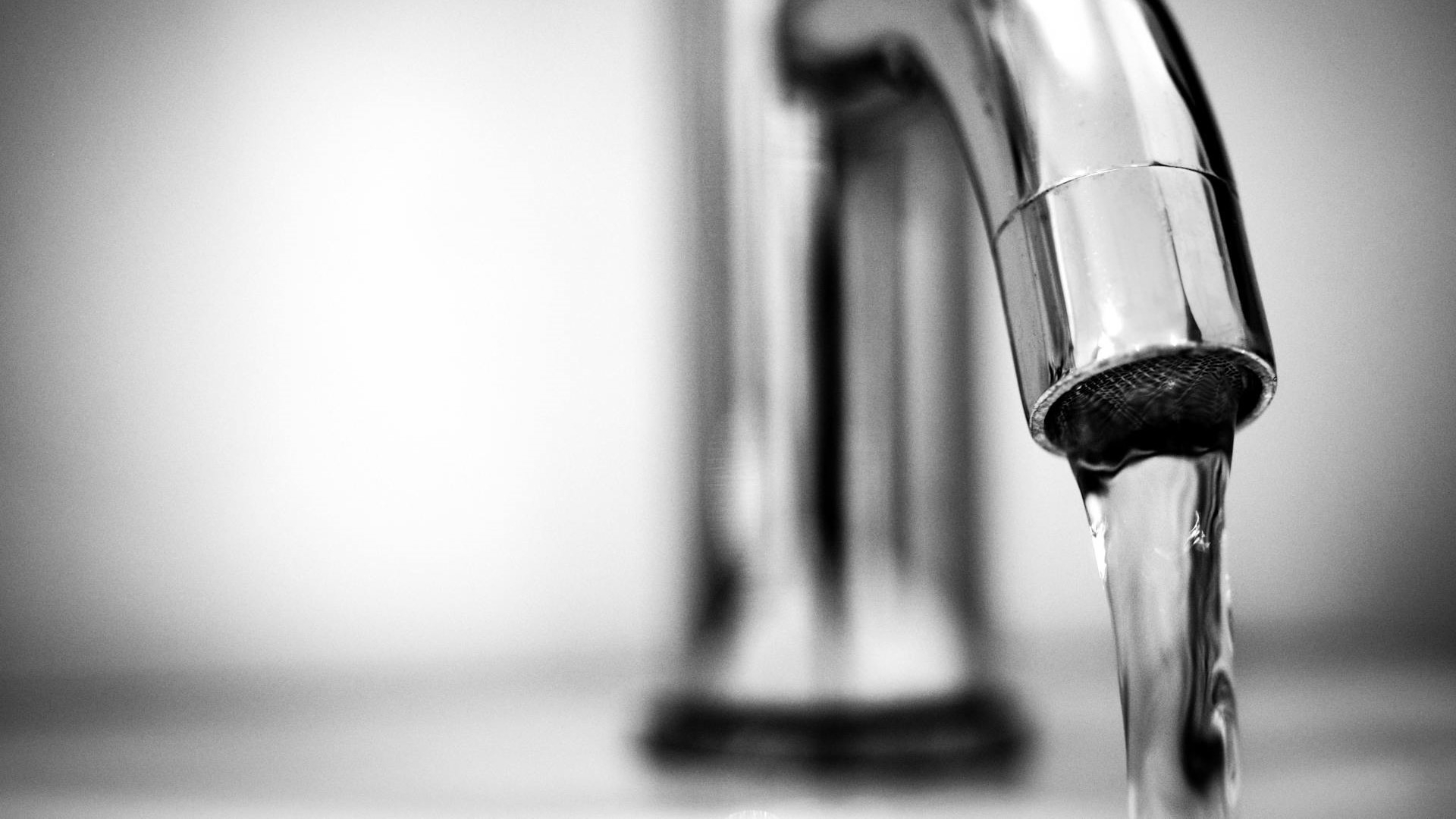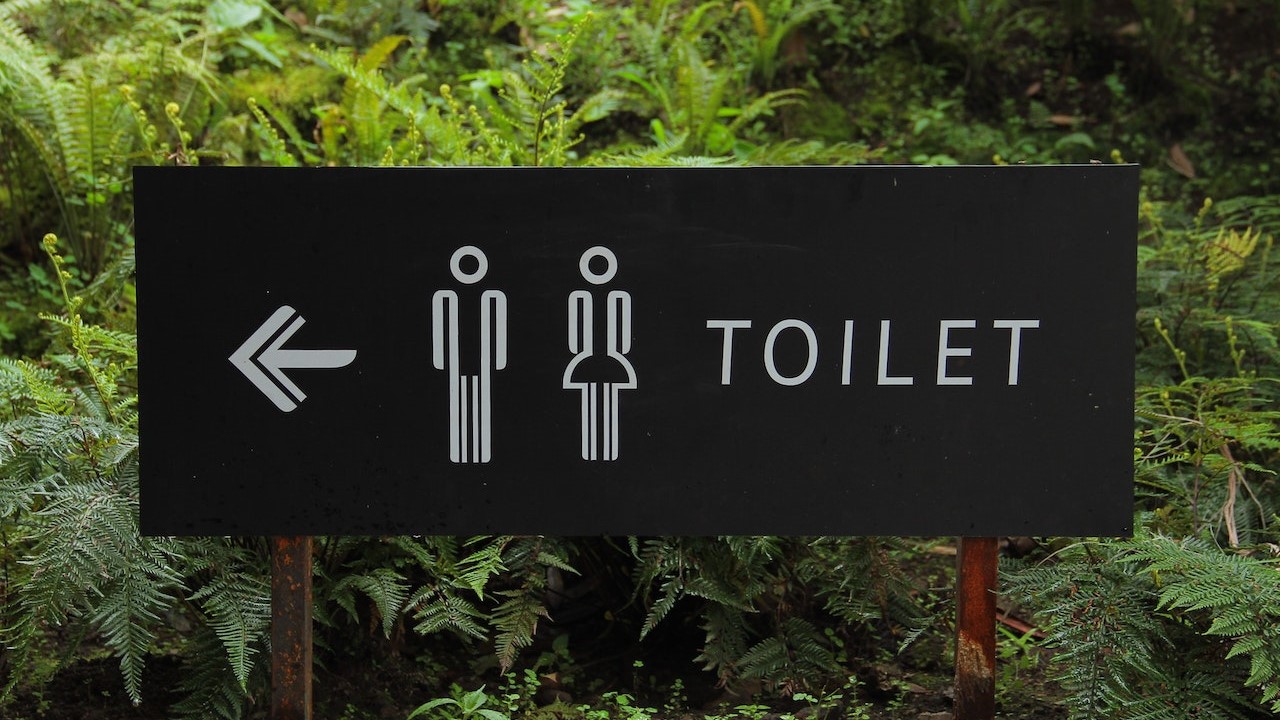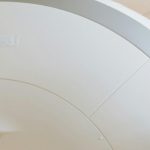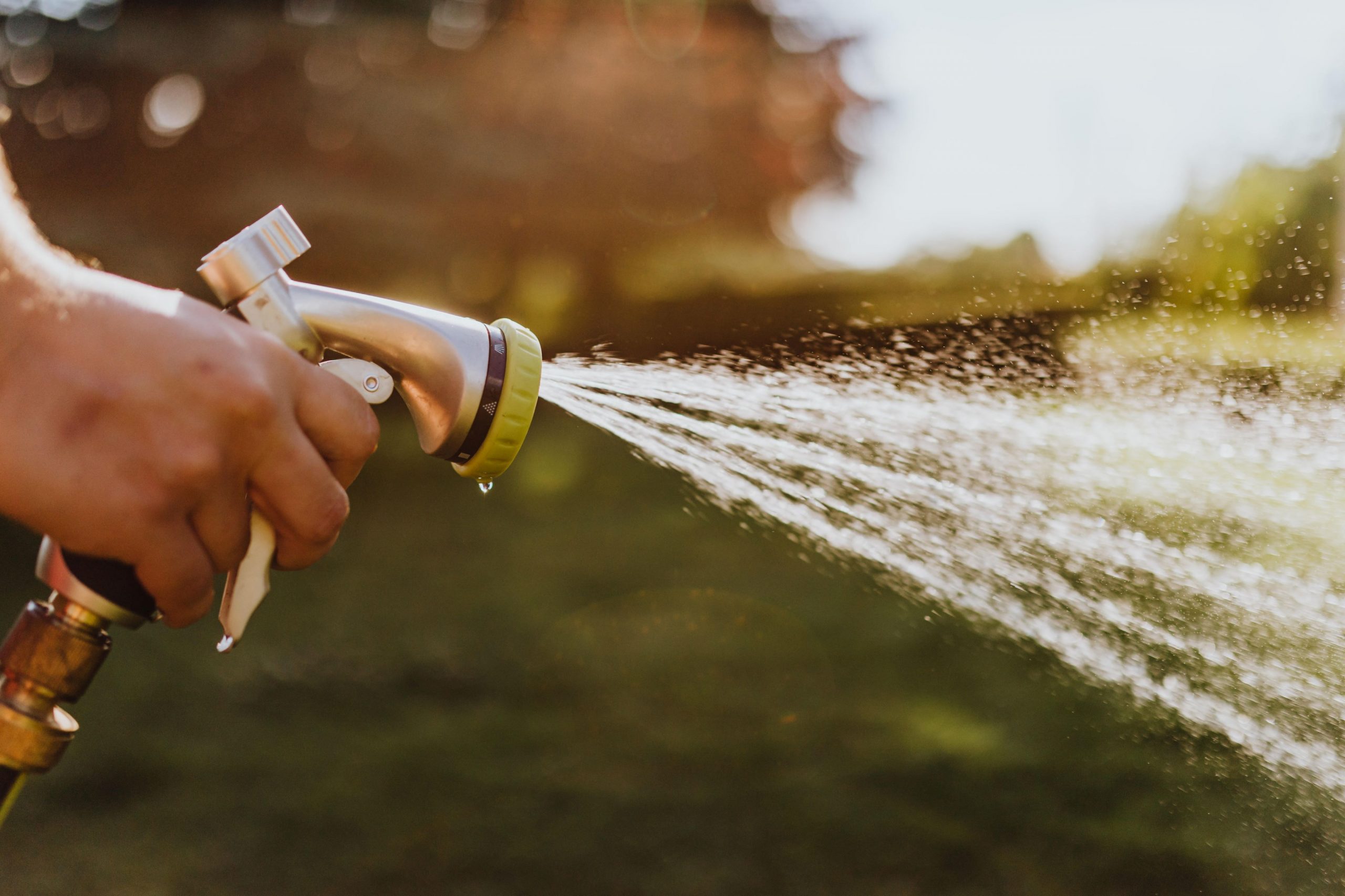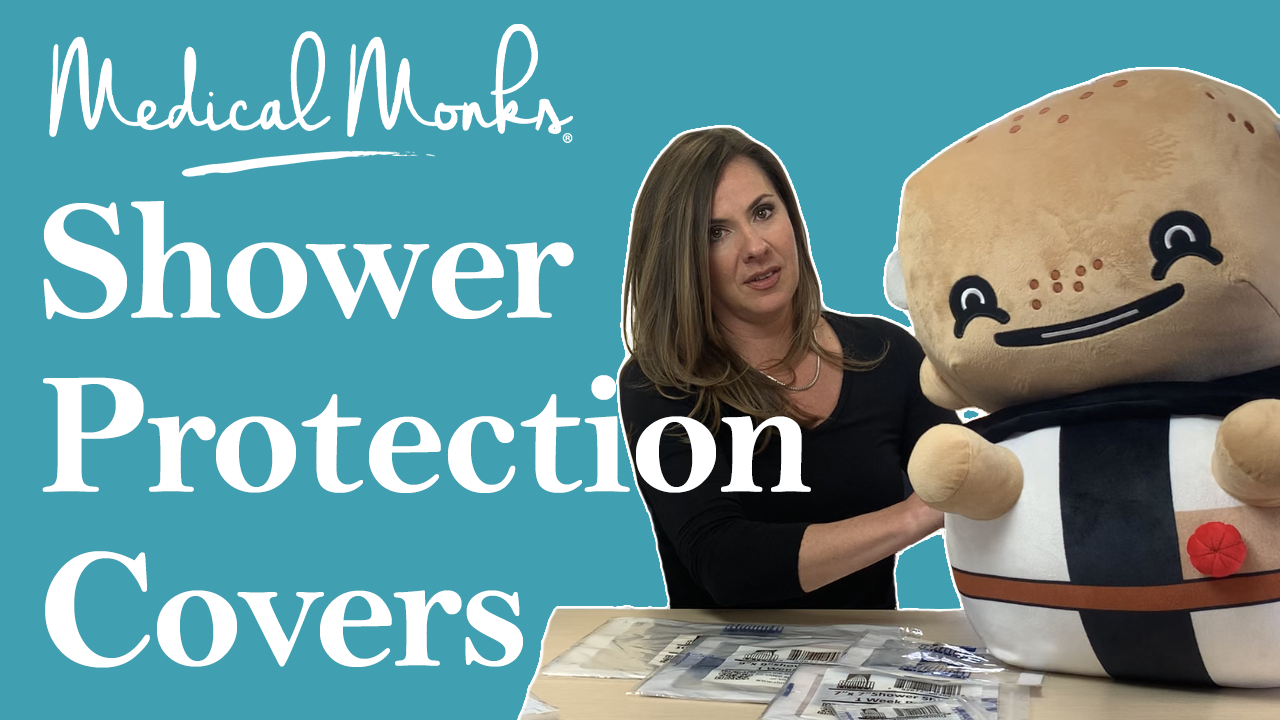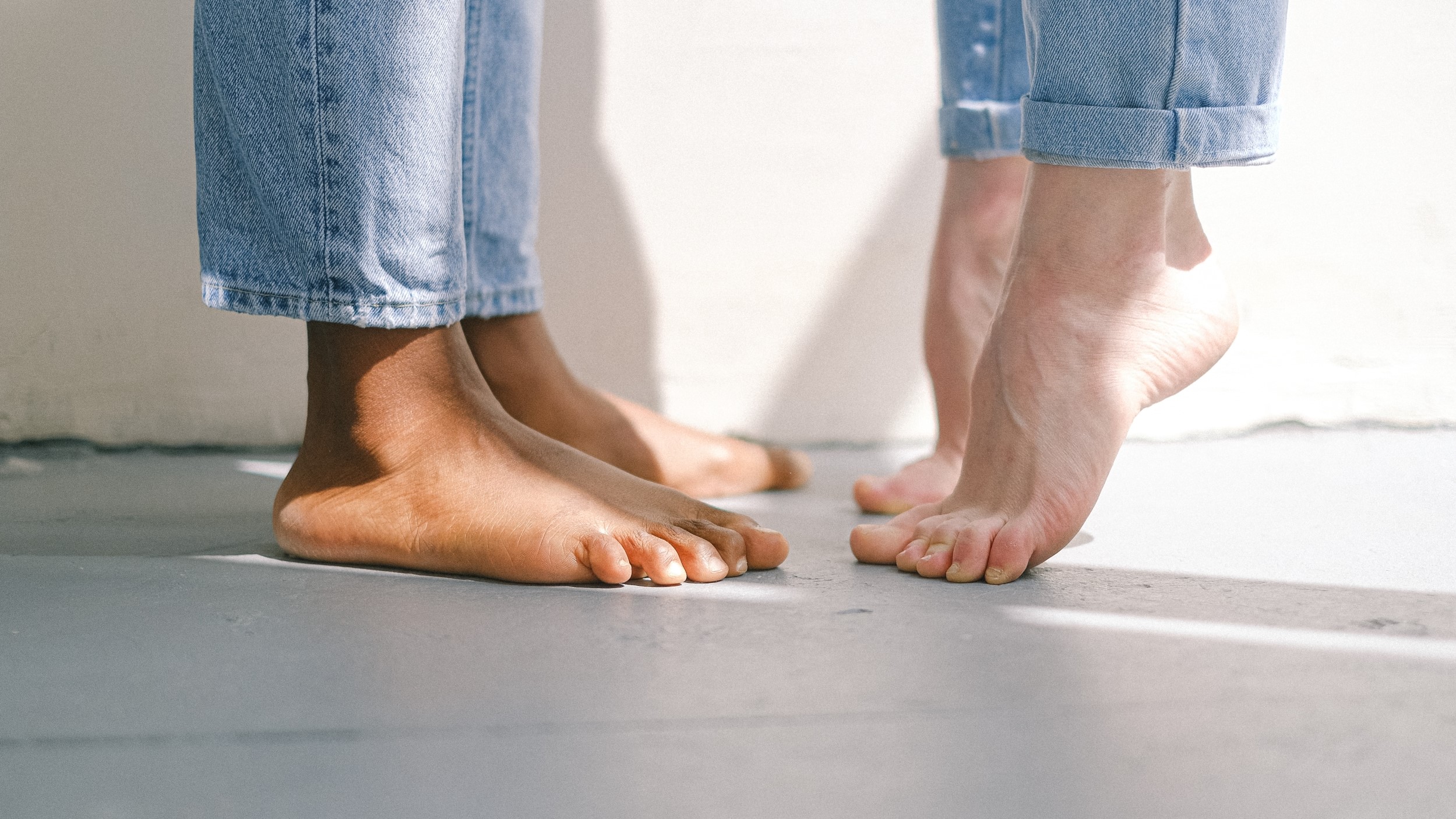Urinary retention affects both men and women, but it is more common in men as they get older. According to the National Institute of Health, about 1 in 10 men over 70 will develop some form of urinary retention in the next five years, and nearly 1 in 3 men over the age of 80 will experience this condition.
Below, we’ll break down the common symptoms of urinary retention, how to manage this condition, home treatments, and how it differs from other urology-related conditions.
What is Urinary Retention?
Urinary retention occurs when the bladder doesn’t empty completely. This condition can be acute or chronic. It can affect anyone but is more common in men and older adults in general.
People who experience urinary retention often have a difficult time starting urination, a weak flow, or the feeling that their bladder is never fully empty. If you are experiencing these symptoms, it’s important to contact a medical provider for a proper diagnosis and a comprehensive care plan.
Common Causes
Common causes of urinary retention include obstructions, infections, and nerve issues. Obstructions can be caused by blockages like kidney stones or an enlarged prostate. Infections, including urinary tract infections (UTIs), can cause swelling, leading to urinary retention. Issues with the nerves that control bladder function also cause this condition.
Urinary Retention Symptoms
Symptoms can differ from each individual. However, some of the most prominent symptoms of urinary retention include:
- Difficulty starting to urinate
- Weak urine stream
- Frequent urination with little output
- Feeling incomplete bladder emptying
If you are experiencing these symptoms, it’s important to check in with a medical professional. Doctors can often provide diagnosis through physical exams, imaging tests, and/or urine tests.
Is Urinary Retention Dangerous?
Urinary retention is dangerous and can be life-threatening in some circumstances. If you are not able to urinate and/or notice pain in your abdomen, then you should seek medical assistance right away, as it could potentially be a sign of acute urinary retention. You should also talk with a healthcare professional if you notice any of the aforementioned symptoms in the previous section, which could be signs of chronic urinary retention.
Can Constipation Cause Urinary Retention?
Yes, constipation can cause urinary retention. If there are large amounts of stool in the colon, this could put pressure on the bladder. In turn, the bladder may not fill properly or be restricted when emptying, causing urinary retention.
What Drugs Can Cause Urinary Retention?
There is such a thing as drug-induced urinary retention. This especially holds true for older patients who may already have a higher risk of developing urinary retention. According to the Cleveland Clinic, these drugs include the following:
- Antihistamines (example – Benadryl®),
- antispasmodics (example – Detrol®),
- Opiates (example – Vicodin®)
- Tricyclic antidepressants (example – Elavil®)
Other drugs, such as blood pressure medications and muscle relaxants, can change how the muscles around your bladder work and cause symptoms.
How to Fix Urinary Retention
There are several ways to improve your symptoms related to urinary retention. Some include preventative care, while others require medications, catheters, and further measures under the care of medical professionals.
Urinary Retention Treatment at Home
There are several lifestyle changes that could improve your symptoms. This includes:
- Scheduled urination. You can do this by trying to empty your bladder every four hours or choose a different period of time that suits you. Be sure to take extra time to relax and make sure your bladder is completely empty.
- Pelvic floor exercises. These exercises can help regulate your urination schedule by improving the strength of your pelvic floor and sphincter muscles.
- Be mindful of food and beverage triggers. There’s a chance that some food and drink options have an irritating effect on your bladder. Take note of when symptoms occur and if you consume foods or beverages that may have caused that reaction.
Other Urinary Retention Treatments
If those home treatment options aren’t bringing about signs of improvement, then there are other urinary retention treatment options to try. Be sure to consult your doctor for a personalized care plan for your unique situation. Some other treatment options may include:
- Medications. The medication options available will depend on the diagnosis and the underlying factors causing urinary retention. This is where consulting with a medical professional comes into play.
- Intermittent catheters. These catheters are inserted several times a day as needed. Examples of these intermittent catheters include products like SpeediCath Flex Coudé Pro, SpeediCath Soft, and VaPro Plus Pocket.
- Foley catheters: A Foley catheter is left in place for long-term use as it continuously drains the urine. It is usually replaced every month or so.
Urinary Retention vs. Incontinence
Both urinary retention and incontinence deal with urination, but they are different conditions with entirely separate groups of symptoms. Urinary retention revolves around the difficulty of urinating and can result in the feeling of incomplete bladder emptying. Incontinence deals with the involuntary leakage of urine. This is when sudden accidents happen because (small or large) a person cannot control their bladder function.
